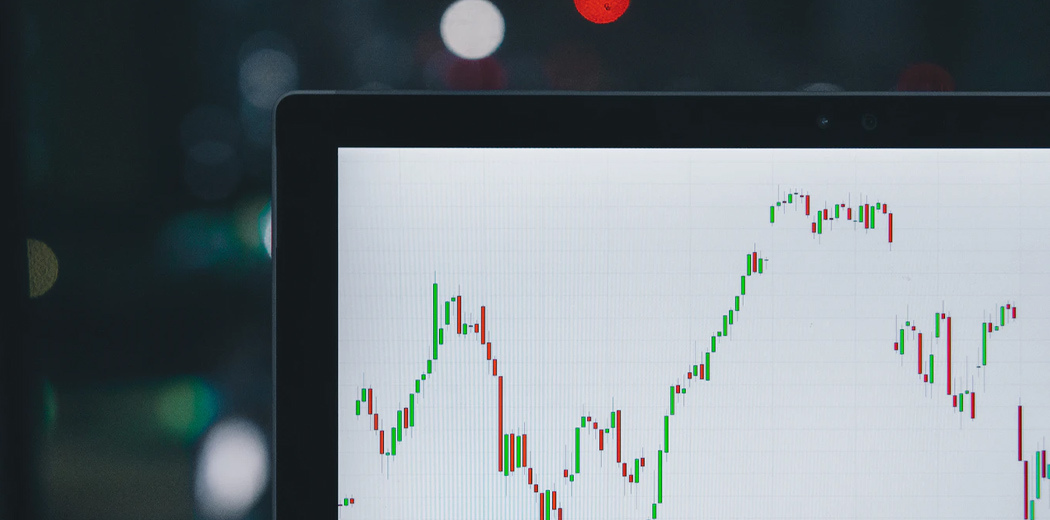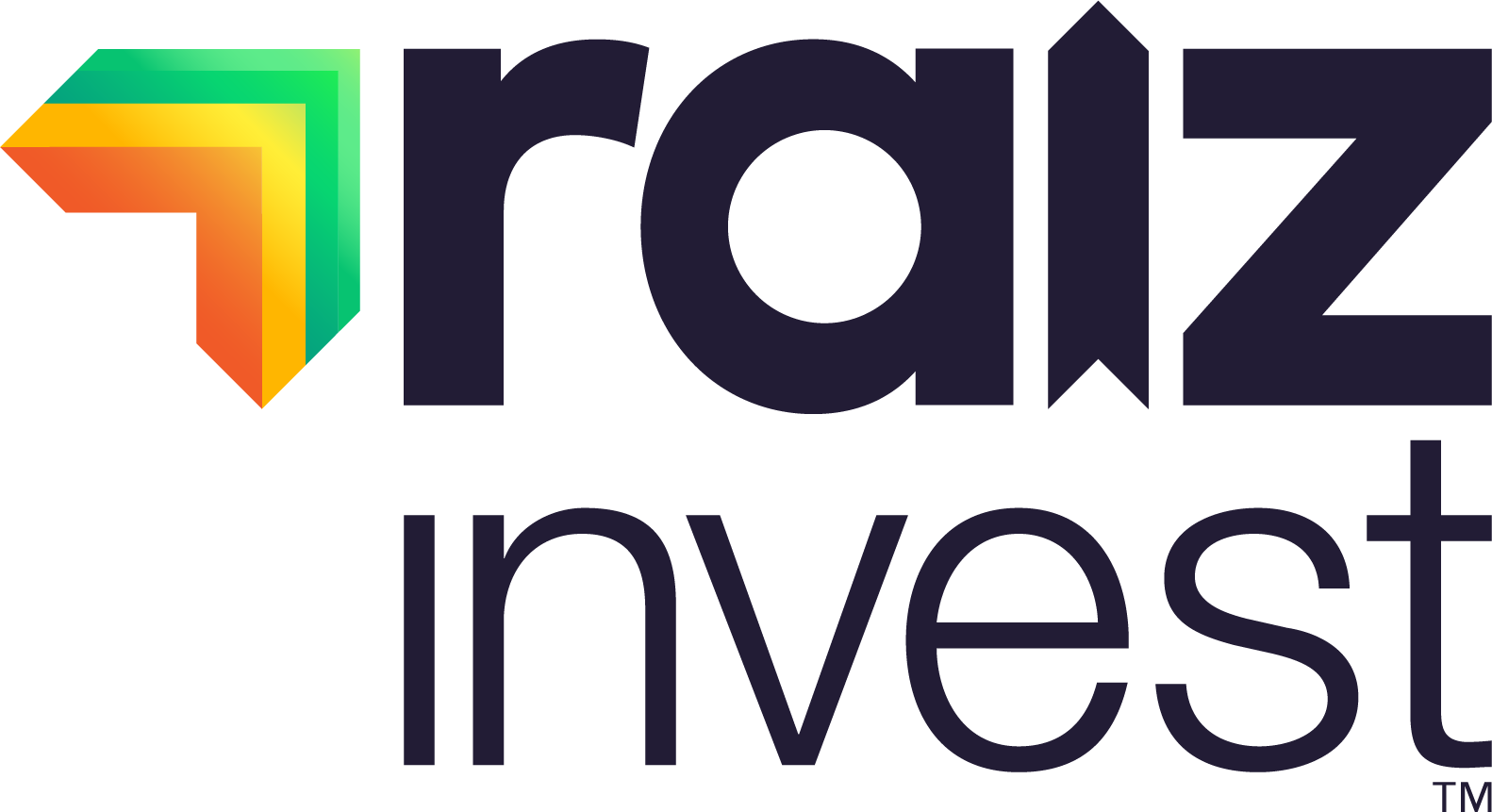Stocks, gold and oil: How has COVID-19 impacted markets?
 From Kylie Purcell – investments editor at Finder
From Kylie Purcell – investments editor at Finder
There’s no doubt that COVID-19 has had an enormous impact on markets the world over, as investors scramble to find a good place to keep their money.
With some analysts pegging 2020 as the start of “The Greater Depression”, it’s no wonder that global markets are seeing unprecedented volatility. And as stock markets fall, savings rates stall and property prices appear grim, you’d be forgiven for thinking the future of your investments was on a knife’s edge.<!--more-->
But don’t forget that during times of adversity you’ll find some of the best opportunities, and nowhere is this more evident than in the investment world. While Australia’s stock market (S&P/ASX200 index) has plunged as much as 34% since February, investors have never been more active.
Between February and April, more than 4,000 Australians a day signed up to investment platforms to take advantage of the lower prices, an increase of more than 300% compared to previous months, according to the latest ASIC data.
At the same time, not all markets have performed badly during the pandemic. In fact, some assets have rallied this year, hitting record highs, despite (or rather because of) fears of an impending recession.
Which markets are winning?
During times of economic uncertainty, money tends to move out of riskier assets such as stocks and into “safe-haven” investments like gold, bonds and even cash.
With interest rates at record lows and political power plays continuing to disrupt global trade, the Australian price of gold has been on a rapid ascent since late last year. In late March, gold hit an all-time record high, bolstered by fears of a global economic slowdown and concerns that currencies could be devalued by a wave of COVID-19 stimulus packages.
When monetary systems have failed us in the past, it’s historically gold that we’ve fallen back on. So when central banks start lowering interest rates in a bid to jump-start slowing economies, the price of gold usually moves in the opposite direction.
Although precious metals such as silver, gold and platinum sometimes have a tendency to run together, the nature of the pandemic has left a number of these markets in a much more vulnerable position.
The prices of palladium and platinum, for example – metals commonly used in car parts – have rallied in the last 12 months, only to hit a wall when COVID-19 struck. While palladium hit a record high in February, both metals fell by around half in March, as investors weighed how the pandemic would impact both supply and demand.
Which markets have been the worst hit?
The energy sector has been one the hardest hit during the COVID-19 pandemic, for a number of reasons.
The pandemic was already bad news for the oil sector, but the situation worsened after a price war erupted between Russia and Saudi Arabia on the back of a failed OPEC (Organisation of the Petroleum Exporting Countries) meeting in late February. By late April, US crude oil price futures had fallen below $0 for the first time in history, as the market became flooded and demand for fuel plummeted.
With planes, vehicles and manufacturing plants no longer needing the usual supply of oil and gas, producers – even countries including Australia – have needed to pay just to keep their barrels in storage.
This volatility in the oil sector has also been bad news for the stock market, with some investors fearing that energy company defaults could lead to a broader credit crunch. After news of OPEC tensions in March, Australia’s ASX200 index saw its biggest one-day fall since the GFC (-7.4%), followed by its fastest drop into a bear market in history in the following weeks.
At the same time, oil company share prices such as Oil Search, BHP Ltd and Woodside Petroleum fell by as much as half.
The unknowns
Other investment markets such as property have been slower to react, and it still remains to be seen how they will move. The latest numbers from property consultant CoreLogic show that property prices fell sharply in April compared to March, but still rose overall by 0.3%.
With Australia’s immigration and tourism numbers drying up and unemployment at record highs, economists predict that we could see property and rental price falls across major cities. In a “worst-case scenario” offered by CBA last week, prices could fall as much as 30% by 2022. Commercial real estate is also under pressure, as companies will likely question the need to have their workers sitting in expensive CBD offices.
This all sounds pretty gloomy, but at the end of the day, any market that has fallen is an opportunity for new investors to potentially scoop up a bargain.
Falling property prices are undoubtedly bad news for existing investors, yet they may also be the much-needed hand that young Australians needed to get their foot on the property ladder. And while oil and stock prices are hitting multi-year lows, savvy share market investors are seeking out good quality companies and exchange traded funds to prepare for a stock market recovery.
Long story short, nobody really knows what will happen after the COVID-19 pandemic, but history tells us that even in the direst of circumstances (think both World Wars), markets tend to recover eventually.
Kylie Purcell is the investments editor at Finder. These are the views of Finder and not Raiz.
Don’t have the Raiz App?
Download it for free in the App store or the Webapp below:
Important Information
The information on this website is general advice only. This means it does not take into account any person’s particular investment objectives, financial situation or investment needs. If you are an investor, you should consult your licensed adviser before acting on any information contained in this article to fully understand the benefits and risk associated with the product.
A Product Disclosure Statement for Raiz Invest and/or Raiz Invest Super are available on the Raiz Invest website and App. A person must read and consider the Product Disclosure Statement in deciding whether, or not, to acquire and continue to hold interests in the product. The risks of investing in this product are fully set out in the Product Disclosure Statement and include the risks that would ordinarily apply to investing.
The information may be based on assumptions or market conditions which change without notice. This could impact the accuracy of the information.
Under no circumstances is the information to be used by, or presented to, a person for the purposes of deciding about investing in Raiz Invest or Raiz Invest Super.
Past return performance of the Raiz products should not be relied on for making a decision to invest in a Raiz product and is not a good predictor of future performance.




